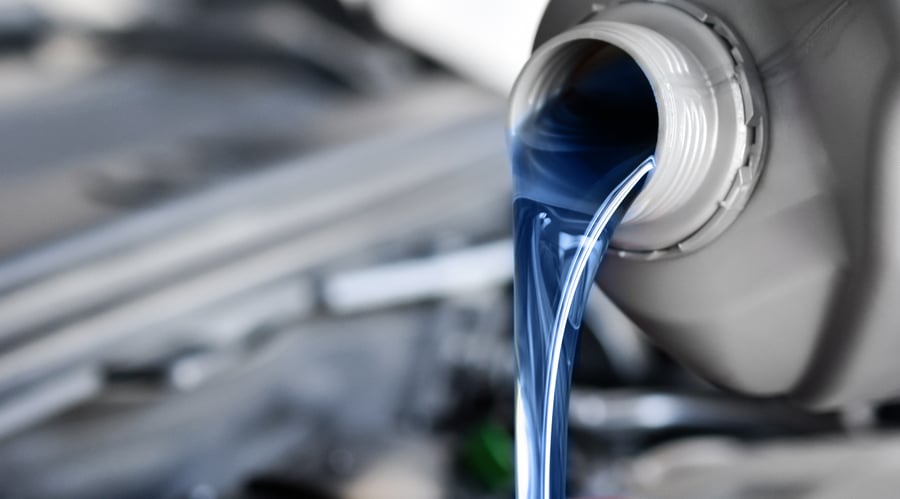
It’s a common-sense fact: Lubrication plays a vital role in the function and longevity of any pump. However, users often overlook the type of oil used.
When it comes to slurry pumps, choosing the proper lubrication for your bearing assembly is a crucial factor in minimizing wear and shortening maintenance cycles. Using the wrong kind of lubrication in your operations could lead to a host of problems.
- Premature failures — Roller bearings face much harsher conditions, longer run times, and higher speeds than other parts and are prone to failure when the oil quantity or quality doesn’t meet a certain standard.
- Corrosion — Mixing various brands of oils in the same bearing assembly can cause corrosion due to incompatible additives reacting.
- Excessive contamination — Oil has varying change intervals depending on type. For slurry pumps, which tend to get very dirty very quickly, it’s important to choose a lubrication with a change interval compatible with your application.
- Temperature intolerance — Oil is necessary to carry the heat from the bearing into the casing; accordingly, extreme temperature fluctuations and underwater bearing assemblies require special lubrication to accomplish this.
- Overheating — Excess oil or too much grease can lead to an overheated pump.
So, how do you avoid all these costly issues and choose the right oil for your pump?
While the kind of pump you’re using is of note, the most important consideration is your application: Heavy-duty slurry pumping operations will need different lubrication than smaller, liquid-only pumping systems. Choosing the right one for your job — and adhering to a strict maintenance schedule — can significantly prolong the life of your bearing assembly and pumping system.
Traditionally, there are three main categories of lubricants to choose from.
- Grease — Small pumps with light loads, like the GIW® LCC Series, may still operate using grease. In all other applications, grease tends to hold dirt and contaminants too close to the rolling elements. This makes it difficult to keep enough oil in the housing to maintain unrestricted movement.
- Mineral oils — Ideal for use in bearing assemblies ranging in viscosity from ISO 150 to 320, mineral oils were once the industry standard for a range of operating conditions. Then, synthetic oils came along with their improved life, film strength, as well as temperature and corrosion resistance. However, mineral oils can still offer acceptable service up to 180°F — 82°C — in most conditions.
- Synthetic oils — For most applications, synthetic oils provide the best protection — especially during a pump’s commission and break-in period. GIW® Blue 150, for example, boasts a high film strength, temperature tolerance over 185°F — 85°C — extended change intervals, and superior corrosion inhibitors in a single ISO 150 grade for use in all pump sizes. A specialized ISO 100 viscosity-grade synthetic oil is also available for extremely cold conditions or underwater operations. KSB GIW, Inc. recommends GIW® Blue 150 for use in larger LSA bearing assemblies of all pump sizes.
With these factors in mind, it’s clear KSB GIW, Inc. almost always recommends synthetic oil with GIW® Blue 150 being the lubrication of choice for nearly all KSB GIW, Inc. products. Of course, even the best oil can’t protect an improperly maintained pump. No matter what kind of lubrication you’re running, make sure you sample oil at regular intervals and routine oil changes are an active part of your maintenance schedule. With the right oil and the right schedule, you’ll avoid a lot of unnecessary expenses and frustration.
